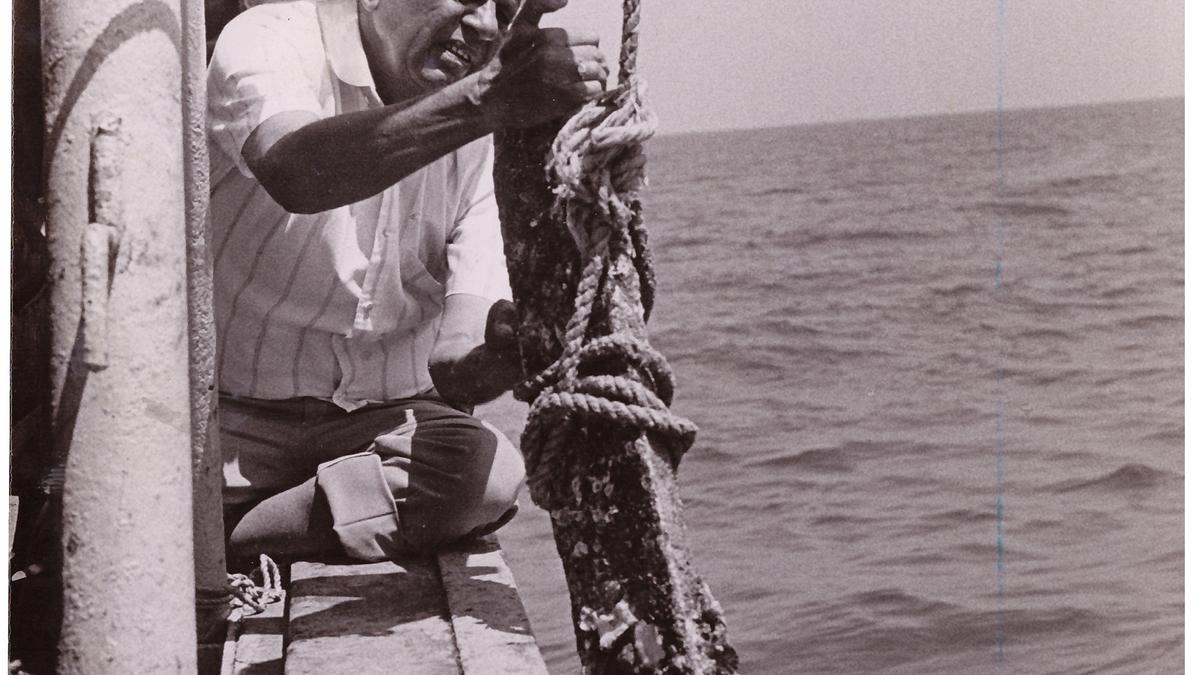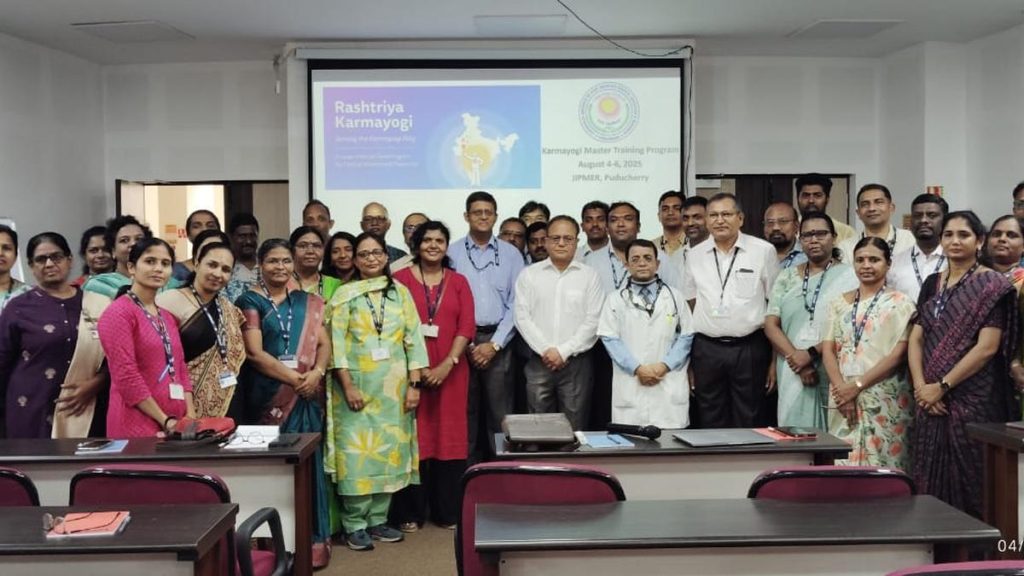Now Reading: Underwater Archaeological Survey to Begin off Tamil Nadu Coast in September
-
01
Underwater Archaeological Survey to Begin off Tamil Nadu Coast in September
Underwater Archaeological Survey to Begin off Tamil Nadu Coast in September

Rapid Summary
- The Tamil Nadu State Department of Archaeology will conduct underwater explorations off the coast of poompuhar and Nagapattinam in September 2025.
- The survey aims to investigate submerged remains and Tamil Nadu’s maritime past, including its history as early Chola capital (Poompuhar) and medieval trade hub (Nagapattinam).
- Proposals for the project have been sent to the Central Advisory Board of Archaeology for clearance. Academic institutions like Indian Maritime University, NIOT, and NIO will collaborate on the study.
- Equipment including side scan sonar,remotely operated vehicles with robotic arms,and high-resolution cameras from NIOT will be used for documentation.
- Historical underwater findings include:
– In the 1980s: Deep-sea surveys found structures at depths of 20-30 meters.- in 1990: A shipwreck discovered near vanagiri was segmented into two parts.
– Between 1991-1993: Brick formations revealed man-made structures offshore.- In 2004: INS Darshak identified a U-shaped structure at depth; recovered remnants included lead ingots from a Dutch ship sunk by British forces in late-18th century.
- Recently resumed underwater studies focus also on Mamallapuram’s historic coastal remains after decades of dormancy.
Indian Opinion Analysis
The upcoming archaeological exploration along Tamil Nadu’s coast is an enterprising attempt to delve deeper into India’s rich maritime heritage, tracing cultural narratives linked to ancient trade hubs like Poompuhar and Nagapattinam. This initiative aligns with global trends where countries actively document their underwater heritage to preserve histories that shaped civilizations.
Collaborations between state authorities, national research institutes such as NIOT or NIO, and also academic partnerships underline India’s growing emphasis on multidisciplinary approaches in historical investigations. Moreover,revisiting areas previously explored suggests advancements in technology are enabling archaeologists to potentially uncover data hidden during earlier efforts.
From an academic viewpoint, these discoveries could bring clarity around Tamil Nadu’s links with Southeast Asia’s trading systems during medieval times while enriching tourism potential tied around cultural narratives stemming from Chola-era artifacts or European shipwrecks nearby Southern coasts.
Read more: The hindu

























